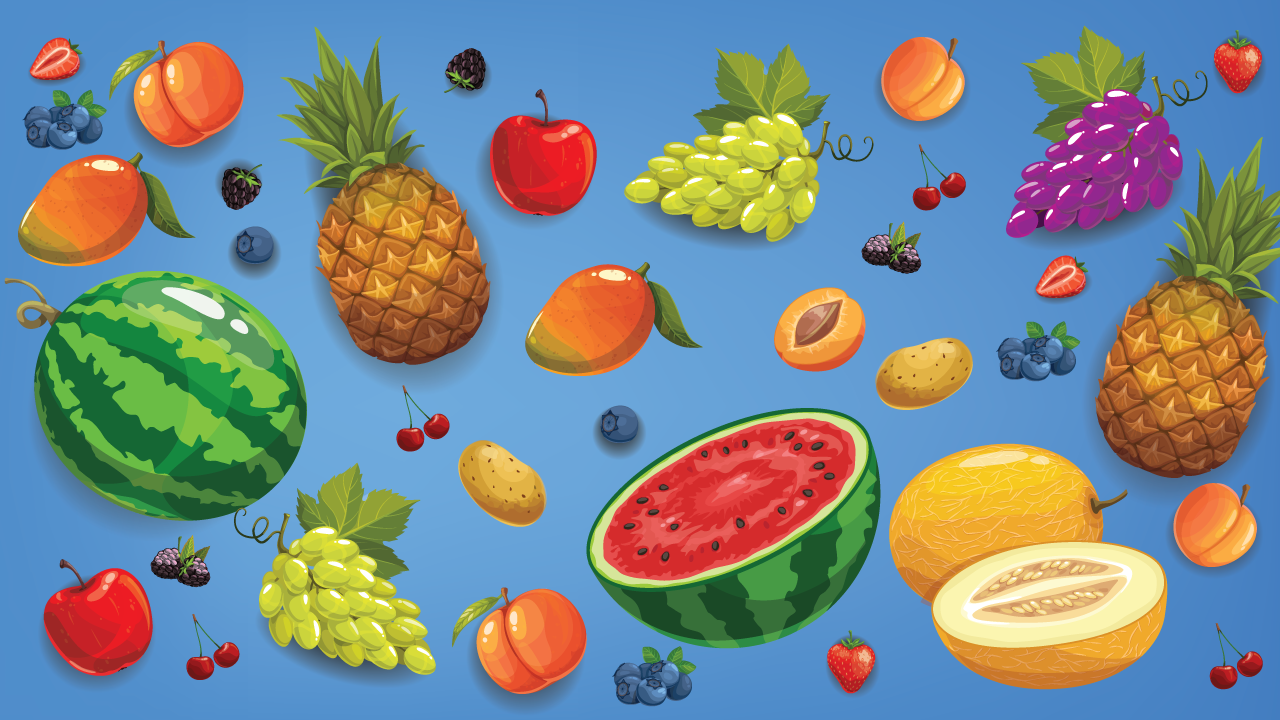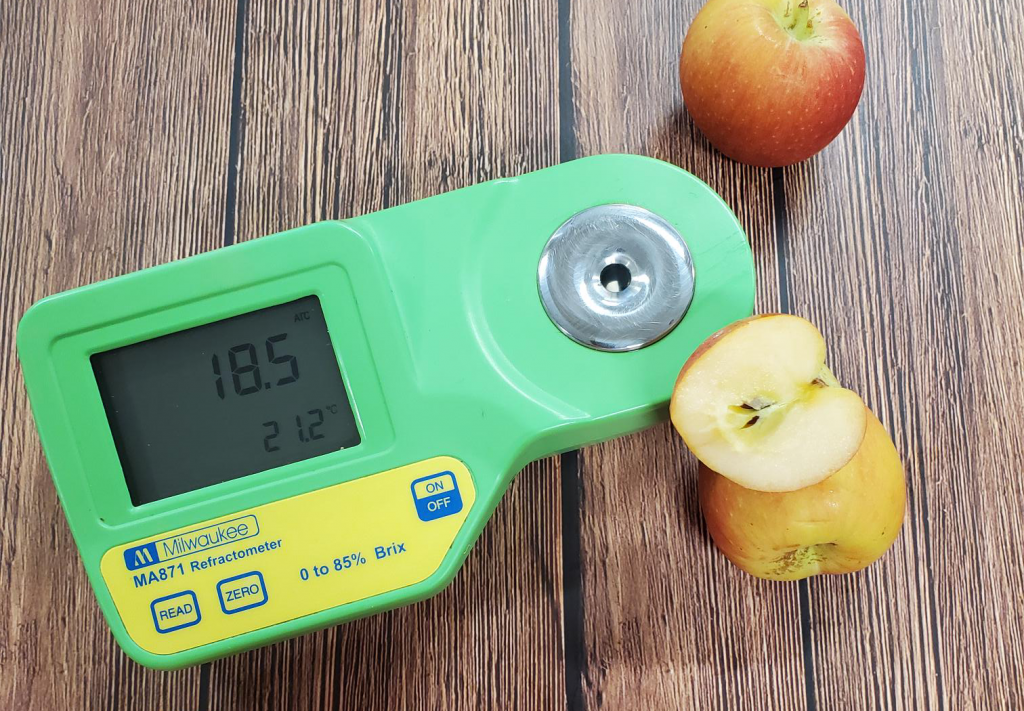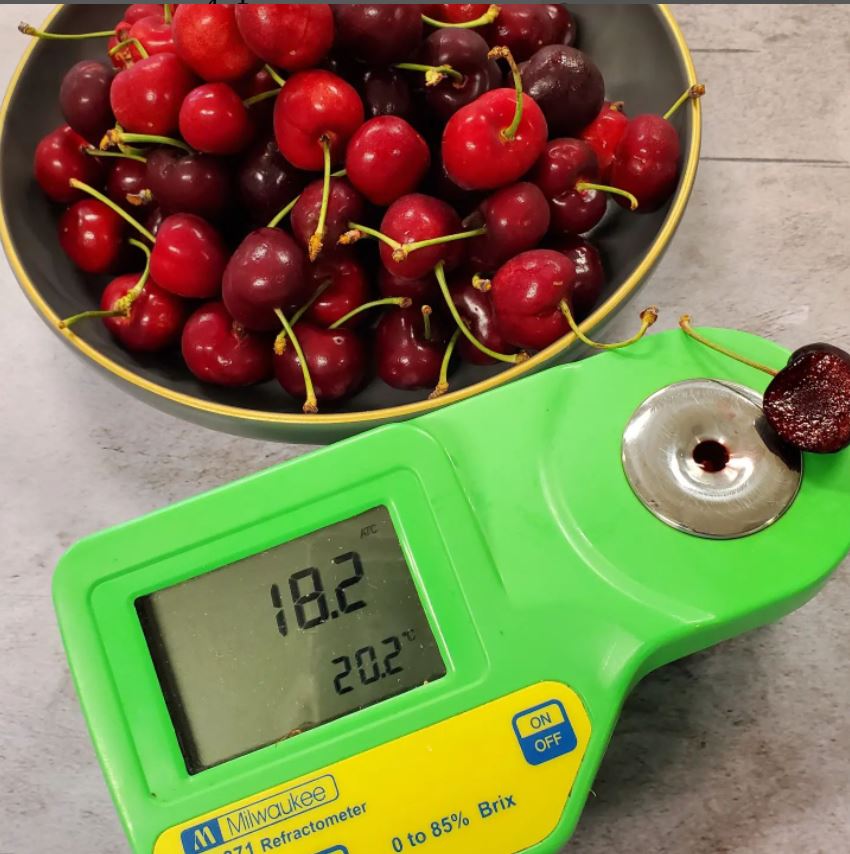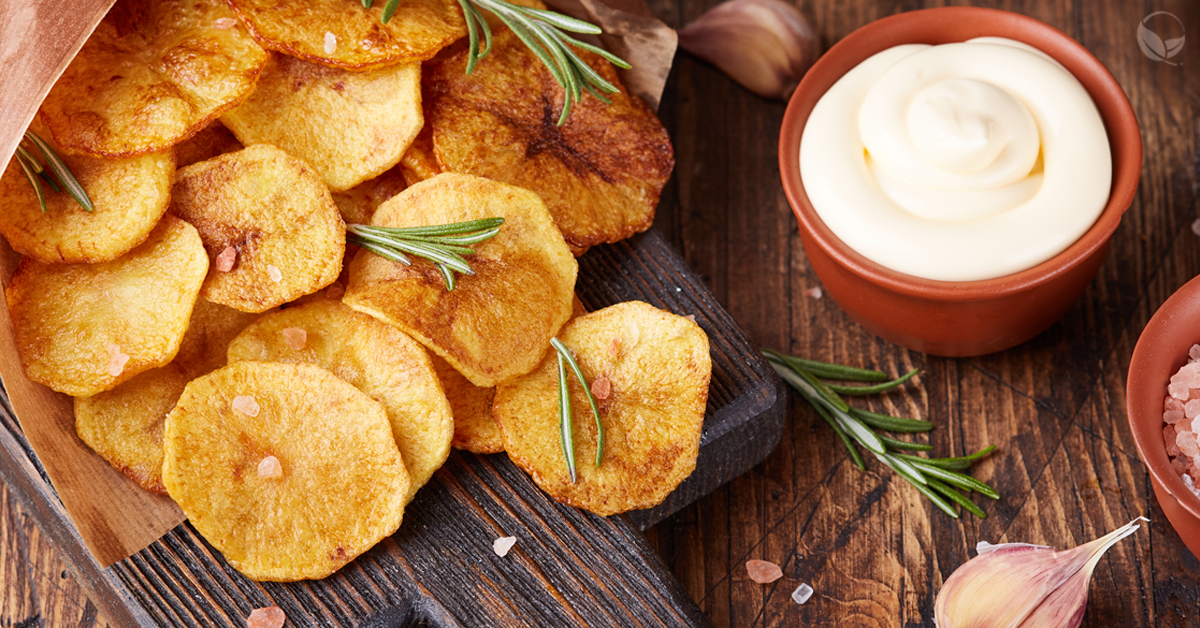
Understanding Brix: Is a Higher Number Always Better?
When it comes to understanding Brix, is a higher number always better?
What does a Brix number mean?
Let’s start with the basics. The Brix scale is named after Adolf Brix, the inventor of the hydrometer. A hydrometer is a simple measurement device Brix developed for the wine industry to measure the sugar content, called Brix level, of grape juice. Prior to this, the measurements were subjective and led to consistency issues in production. While the hydrometer is still used, the more accurate device called a refractometer has made the process of taking a Brix reading much faster and easier.
Named after Adolf Brix, Brix is the measurement of sugar crystals in the water content in fruit measured with a refractometer. Aside from produce, it is also used in the wine, honey, and other industries that need to measure sweetness.
Understanding Brix: What is a refractometer?
The refractometer is essentially a specialized prism and can be optical or digital. As light passes through the sample on the lens, the refractometer registers how much the light is refracted and that is how the degrees brix is determined–the more sugar in the solution, the greater the refraction. As technology has evolved the price of digital refractometers have dropped, with several models priced under $100.

Understanding Brix: What does a Brix reading mean?
A Brix value, expressed as degrees Brix (°Bx), is simply how many grams of sucrose are present per 100 grams of liquid solution measured on a scale of one to 100. Dave Wilson Nursery describes it perfectly as “In the juices of fruits and vegetables, soluble solids are mostly sugars, and the Brix measurement approximates the sugar content of a sample; 20 Brix means approximately 20% sugar…”.

Can you use Brix for vegetables?
Even vegetables have sugar, and sometimes knowing the levels of sugar are critical to how the finished product turns out. Potatoes are the best example, where unlike fruits, we want a lower Brix reading, typically under 5, especially when making French fries and chips.
Why does the sugar content of potatoes matter?
If the Brix is too high, the potatoes will turn too dark when cooked, taking on an almost burnt appearance. Therefore, potatoes need to be kept cool, but not cold. When chilled, a potato begins to convert its starch into sugar, thinking it needs to survive dormancy. This can be reversed by slightly warming (curing) the potatoes and then taking frequent measurements on your refractometer.

Understanding Brix: How is °Brix tested?
Testing for Brix is simple. Cut a sample piece of the product you’re testing, typically from as close to the center as possible, and either crush or puree it. Transfer the liquid to the lens of your calibrated refractometer and then observe the reading.
The Brix measurement is one of the most important measurable items in the produce industry, serving a great base line reference for the ripeness of fruits. While not the only factor in determining and evaluating the potential flavor of fruits, the Brix level does indeed tell us quite a bit.
Is Brix measurement useful on something like a peach that is ripe but not ready to eat (hard)?
Since some fruits will ripen after harvesting, Brix can be tested. It will give you a roadmap of where the flavor will go. The peach won’t develop any more sugar, but as it ripens/softens, it will be perceived as sweeter on your palate.
In the produce industry, Brix is used to determine if an item, such as melons, have enough sugar to harvest. This helps the growers know when it is time to harvest fields for market. The USDA also has multiple grade specs for certain items based on both external and internal factors (ripeness). For some items such as melons, Brix is used to determine the internal factor.
Remember, think of Brix as a guide and consider it just one way to look at flavor, rather than the single measurement of flavor.
Does a high Brix mean the fruit will always taste great?
The answer isn’t that simple as taste is completely subjective. Sometimes high sugar fruit lacks acidity, giving it a flabby one-note flavor profile. Often, a lower Brix reading, paired with a good acidity level is the perfect pairing. Everyone has their own preferences, some may prefer more acidity, some may prefer less.
Did you know: Brix numbers can vary by fruit in the same case, and even sections of the same piece of fruit!
When it comes to melons, a higher Brix number doesn’t always mean better. Too high a Brix and it’s just too sweet, as well as the flesh can be mealy.
Remember, when it comes to understanding Brix, think of the number as a guide and consider it just one way to look at flavor, rather than the single measurement of flavor. What Brix does is give us a great starting point for our flavor discussions. Acidity, storage (as in the potatoes discussion above) and final presentation all play significant roles when it comes to final flavor.
Your tongue has multiple taste receptors: bitter, sweet, salty, sour (and umami). And a good way to look at it is: a symphony sounds better than one instrument.
Contact your Marketing Associate about adding melons, potatoes, or grapes to your next order. If you are not a customer, find out how to become one today!
Content provided by Chef Daniel Snowden, the Director of Culinary Development for FreshPoint Central Florida. He has been in the produce industry years almost 20 years, and loves getting geeky about food. Follow FreshPoint Central Florida on Facebook and Instagram.
Some tools you can use:
Visit freshpoint.com for our seasonal availability guides—and while you are there, check out the FreshPress, our latest market report. Place your orders online with ease at myfreshpoint.com. Did you know you can receive real-time reliable delivery alerts on the day of your delivery? Activate and subscribe at FreshPoint.com/mydelivery
Download our app and take your produce management on the go. Place orders, review flyers, watch videos…all in one spot!
Find out more details about our UBU program, and how we are shining a spotlight on food waste while making value and food safety a priority.
We buy local to strengthen regional economies, support family farms, preserve the local landscape, and to provide fresh-from-the-farm food to our customers. Local.freshpoint.com connects you to your local farmers like never before! Customize your search by zip, city, state, radius…even by crops and growing methods. Pop in your zip code and learn about our local farmers.
Socialize with us!
Did you know we are on YouTube? Head over to our page and check out our 75+ videos. Don’t forget to subscribe, and also be a part of our Bell Team—hit the little bell icon to get notifications when we upload new videos.
Follow FreshPoint, Inc. on Facebook, Twitter, Instagram, and LinkedIn…and follow The Produce Hunter on Instagram as she finds the best specialty produce at the Santa Monica Farmers Market.

